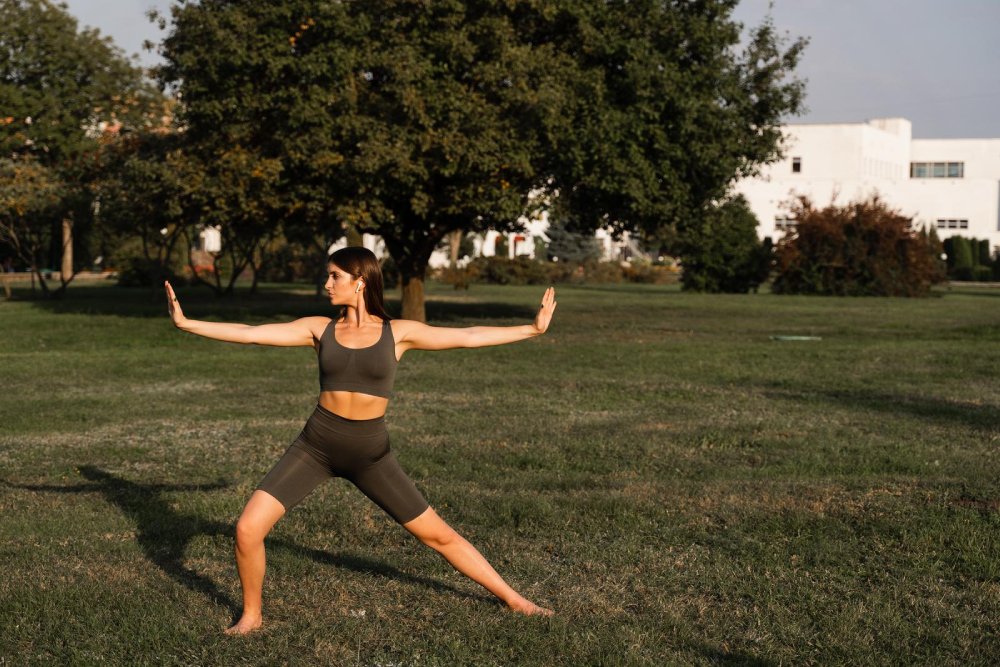What is chi running? Chi running is a way of running, influenced by t’ai chi, that primarily utilizes your body’s core muscles to reduce the risk of injury.
One thing runners worry about is injuries, as they can effectively halt a budding sports career. Casual runners also have to worry about hospital bills and taking time off work if they’re injured, so are there types of running that seek to minimize this?
You might be wondering, what is chi running? Chi running is a type of running that was influenced by t’ai chi, that encourages runners to work with, rather than against gravity, and to use their core muscles for safer, more efficient runs.
Contents
What Does Chi Running Entail?

Chi running is a form of running that was designed by t’ai chi experts and practitioners to make the bodywork with gravity rather than against it. It’s usually advertised as being more “bio-mechanically correct” and efficient than regular running. Is this true, or is that just a lot of hype?
Chi running is said to cause fewer injuries and use less energy, making it ideal for people who want to increase their speed and distance. There are also many people who swear by the idea that this type of running is the best form for barefoot runners. You might also find our explainer on should you have protein after a run helpful.
What Does Chi Running Look Like?
When chi running, a person will start by having their whole body lean forward from the ankles. The runner will engage their core muscles in order to keep their balance and prevent themselves from falling over. Essentially, this forces the body into a controlled forward fall which is used to propel the runner forward.
Ideally, the runner will land with a mid-foot strike that is slightly behind their center of gravity. As the runner’s foot hits the ground, the equal and opposite force that results will help to propel the runner. You might be wondering should you have an energy drink before a run.
Advantages Of Chi Running

Running in this position helps to avoid heel-striking. Heel-striking is common among casual runners who will often land on the heel of their foot. Over time, this can cause a repetitive stress injury to the heel, ankles, shins, and knees. As the problem progresses, it’s also common for runners to have issues in their hips and lower back.
By landing on the middle of their foot, a runner is much less prone to injuries of this sort. Landing this way also means that less protection for the heel and ankle is required—many practitioners of chi running start doing it because they are interested in trying barefoot running. Some practitioners use extremely light or special footwear for this reason.
Finally, many runners like the fact that chi running allows them to engage a different group of muscles. Chi running relies a lot more on core muscles than leg strength, making it an ideal stance for people who are working to develop their core or runners who already have a well-developed core and want to improve their speed and distance.
How To Start Chi Running

Plenty of books and videos will teach this practice, but many runners find it helpful to find a personal trainer who is familiar with the technique. Many runners are able to get the technique down within a few training sessions, but it does take longer to get used to running this way. This is especially true if you have spent a lifetime running in a different position.
While some runners swear by using this technique, it is common for runners to switch between chi running and other running stances. Some people like to use chi running when they believe they are in danger of an injury from their typical running position. Other people prefer to only try chi running when outdoor conditions are right for barefoot running.



